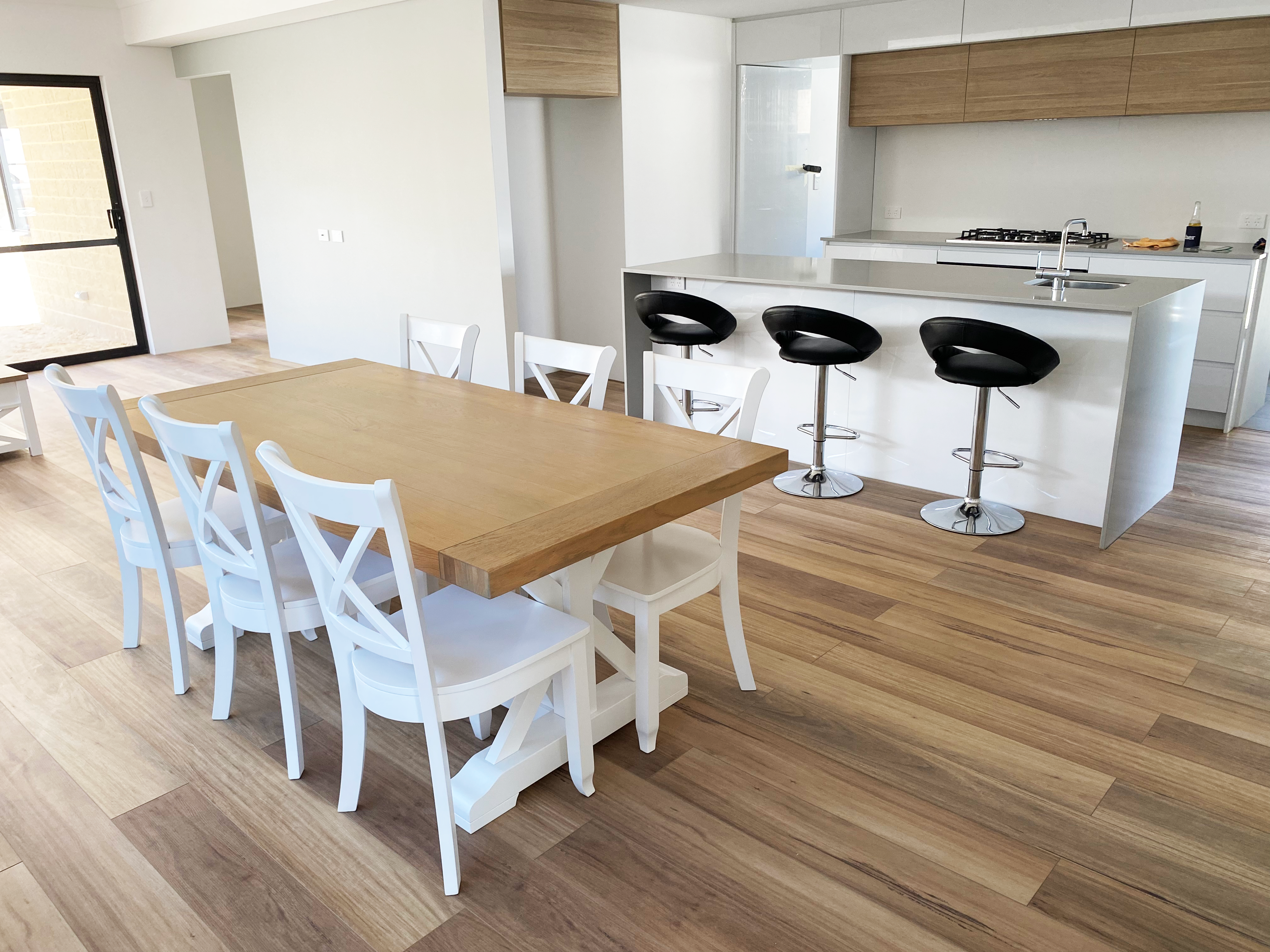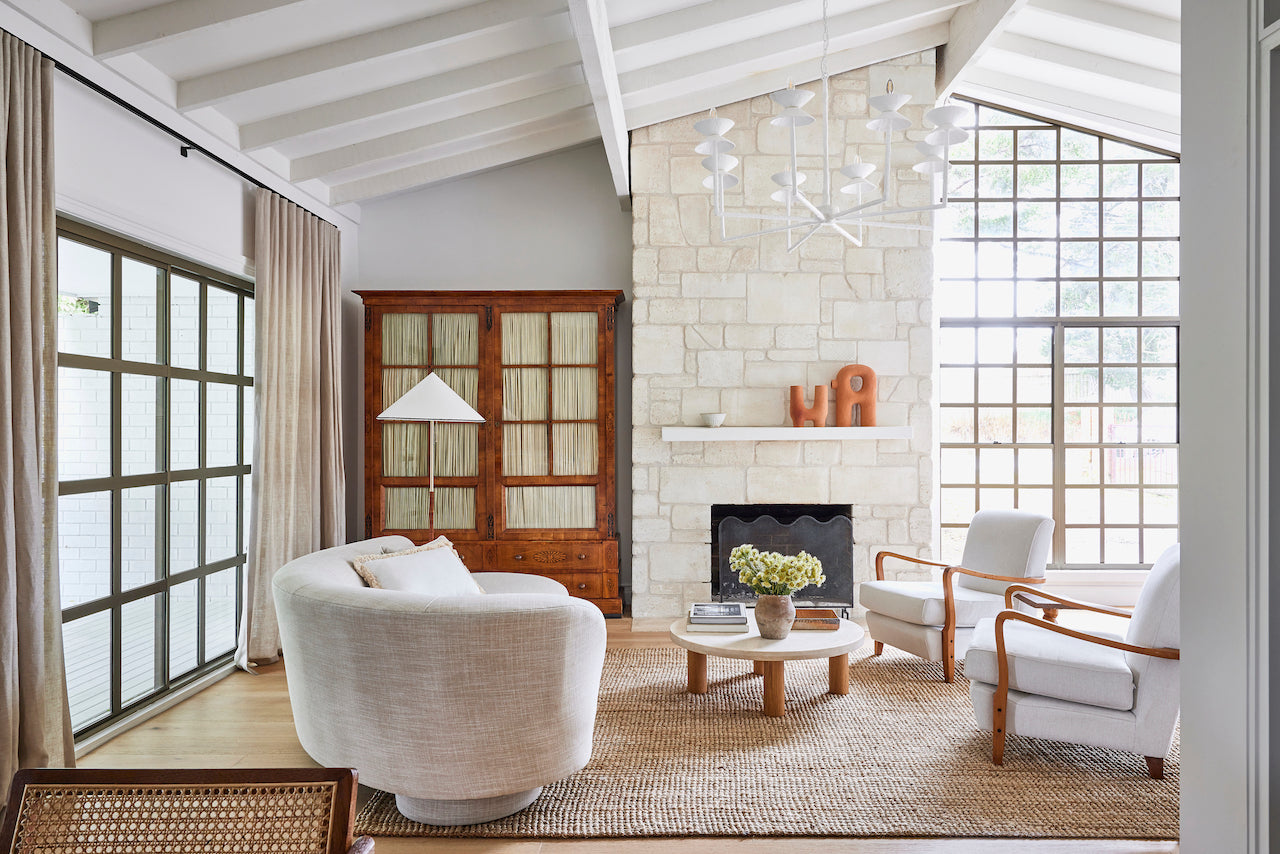
When you're updating your home or planning a renovation, safety is just as important as style. Knowing how fire and slip ratings apply to your flooring choices can help you make the best decisions for your space.
What Are Slip Ratings?
In Australia, there are three main types of slip resistance tests:
- Pendulum Test (P0-P5): This test checks how slippery a surface is when it’s wet. It mimics the action of a shoe hitting the floor. The higher the number, the safer the surface. For indoors, a P0-P3 rating is usually fine, but if you’re looking at outdoor areas or near the pool, aim for a P4 or P5.
- Oil-Wet Ramp Test (R9-R13): This one tests how the floor behaves when it’s oily—like in the kitchen. A higher number here means a safer floor when things get a bit greasy.
- Wet Ramp Test (A, B, C): Perfect for bathrooms, laundry areas and outdoor areas, this test measures how slippery the floor is when it’s wet and you’re barefoot. An A rating gives you the most grip, while C is a bit more slippery.

What About Fire Ratings?
Fire safety is a big deal, especially when it comes to flooring. In Australia, we use something called the Critical Heat Flux (CHF) to measure how well a flooring material can resist fire. The higher the CHF, the better the flooring is at stopping a fire from spreading. Along with this, the amount of smoke produced during a fire is also measured with a percentage value, the lower the percentage the better.
If you're not sure what ratings are best for your home, our team is here to help. We're happy to chat about your options and find the perfect flooring that keeps your family safe and your home looking great. Contact our experienced team here.
By James Embelton



